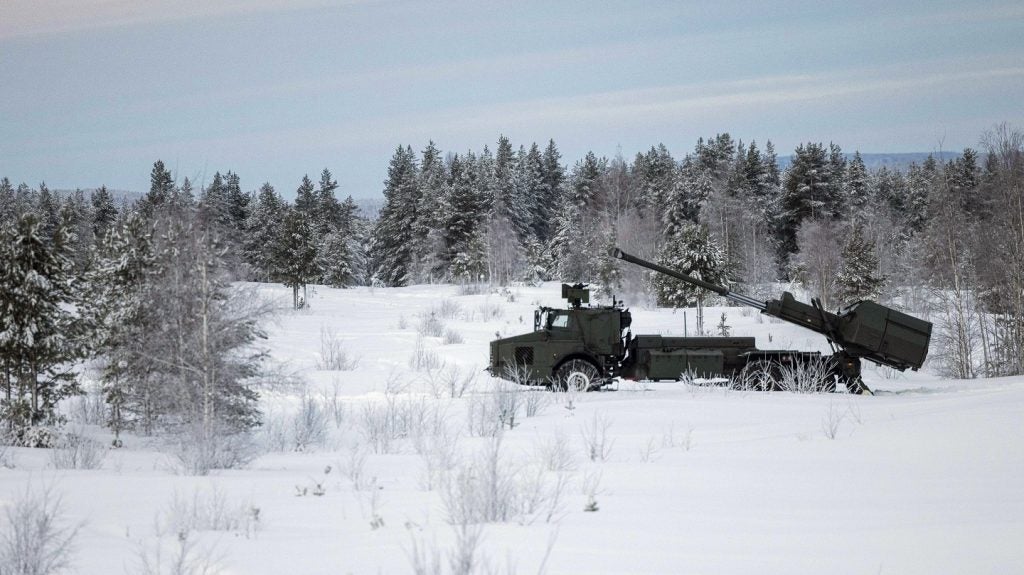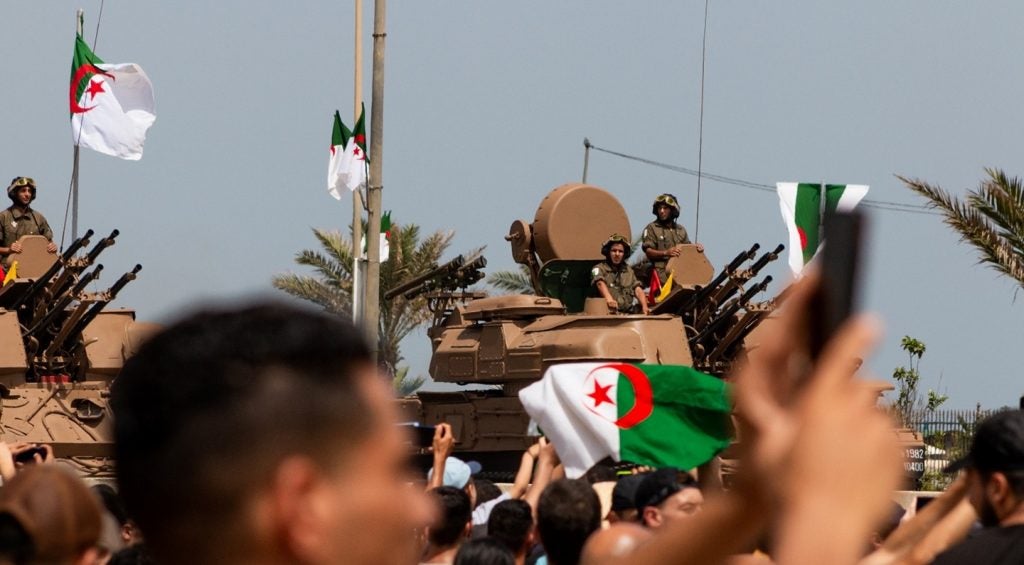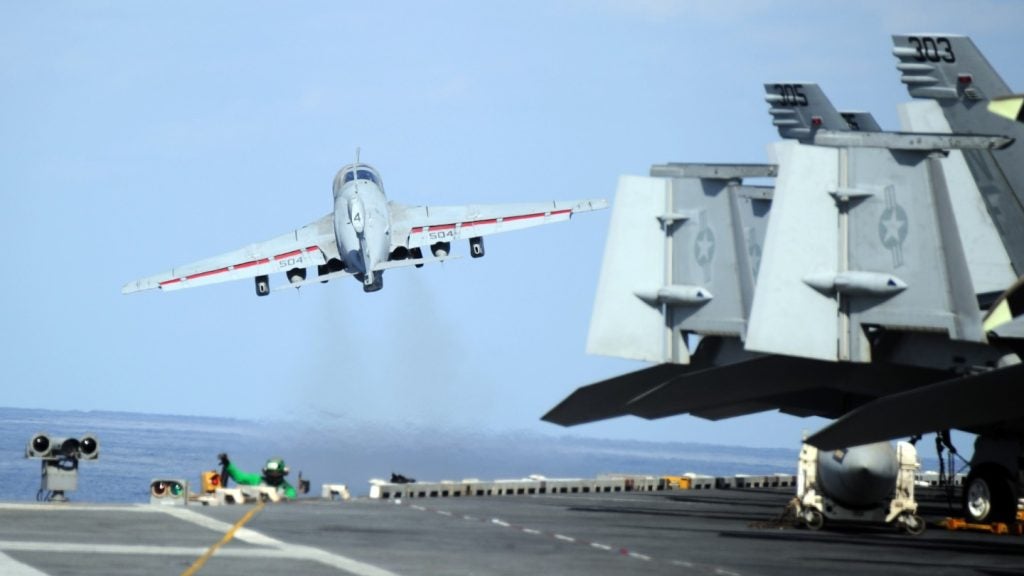At Future Artillery 2024 in Paris, Swedish Army Colonel Stephan Sjöberg discussed the growth and recovery of the Swedish artillery, which has ambitious plans to expand this function as part of the lastest defence bill.
“For decades of international operations, which was the focus for the Swedish army," says Sjöberg, "the artillery was a function that was not needed, not asked for, and going from [counter-insurgency] operations in Afghanistan and Mali, to high intensity warfare and Nato conflict is a challenging journey for the artillery. The artillery is the function is that is growing the most in the defence bills.”
2024 will see the next Swedish defence bill, likely to take on considerations identified from Ukraine, as well as Sweden’s new membership in Nato, which began on 7 March, 2024. “This means a completely different a new landscape for Sweden,” says Sjöberg. On 26 April, 2024, Sweden submitted its final report on the development of its military defence, with proposals to gradually increase defence funding from the 2025, to reach Skr52.8bn ($4.9bn) by 2030.
Sweden had plans for growth in the artillery segment of the Army that were present in the 2020 defence bill, before the outbreak of the Ukraine War put the need for an expansion in long-range fires into focus, and before the deepening of the partnership between Sweden and Nato.
The proposition for artillery in 2020 was decided by the Swedish government without the need to increase the home defences for forces in Sweden. The intention then was to “refill” artillery, says Sjöberg, to the point where it could balance the rest of the army.
Moving towards 2030, the Swedish Army will now expand its artillery from two units to seven units, with an eight unit to be procured of rocket artillery, according to a report from the defence advisory board. Sjöberg sees the new intention of the 2024 defence bill being to “fill up” artillery, leaving behind the idea of balancing artillery with the rest of the Swedish army, and head to a new structure reflective of how war in the land domain occurs today.
The new Swedish Army structure would see one artillery company and four brigades, each containing an artillery battalion. The first priority is for Sweden’s two existing brigades to be provided with artillery battalions.
Sjöberg stresses that the definition of a unit, for rocket artillery, has not yet been decided, but that the concept is separate to a less operationally tangible requirement class, such as demonstrator.












